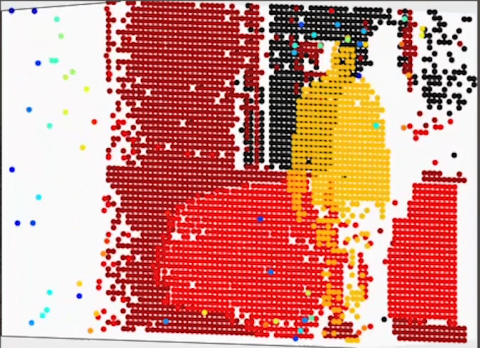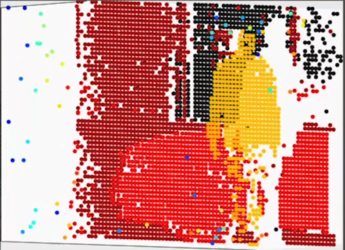New LiDAR Detector Enables Self-Driving Cars to See in Sun, Rain, Fog and Snow
CAMBRIDGE, MA—As vision technologies improve and automakers begin testing and integrating the new technologies into their cars, self-driving cars are poised to see the road around them better. Draper recently tested its Hemera LiDAR detector and set a new performance standard for being able to see more objects in all weather conditions.
LiDAR detectors tend to go blind when they encounter too much light or too many obscurants, like rain, snow and fog. Draper’s Hemera advances the science by fusing technologies from biomedicine, optics and signal processing with advanced technologies, such as silicon photonics and proprietary algorithms, to produce an architecture that’s designed to enhance commercially available LiDARs.
Most LiDAR systems rely on detecting the environment in a way that doesn’t distinguish between background and scattered light. They struggle with reduced visibility environments and are blinded by fog, rain or snow. In contrast, Hemera can extract information from more reflected light sources in the environment. The result is that the system is able to collect tens of billions of photons per second, far more than most LiDAR systems, which can detect only millions of photons per second.
“Typical LiDAR sensors can be confused by photons that are scattered by obscurants,” said Joseph Hollmann, senior scientist for computational imaging systems development at Draper. “Draper has developed a LiDAR detection system that is designed to see past obscurants, allowing it to function better in bad weather. We designed it to perform on bright days, when reflected sunlight can confuse LiDARs, and to avoid spoofing, which is being fooled into thinking that obstacles are present, when in reality there are no obstacles.”
Draper’s Hemera is designed to augment most existing LiDAR systems, a fact that helps carmakers and suppliers preserve existing investments in LiDAR. Draper is actively engaging with auto companies to develop systems for self-driving cars and help them to add Hemera to existing LiDAR systems, according to Sabrina Mansur, Draper’s self-driving vehicle program manager.
“The main benefits of Hemera come from the fact that Draper’s LiDAR receives a lot more information from the scene, which in turn will make self-driving cars safer and more reliable. The ability to see through degraded visual environments, such as fog, snow and rain, will expand the scenarios in which autonomous cars will be able to operate,” Mansur said.
The new offering, which is available to license, adds to Draper’s growing portfolio of autonomous system and self-driving car capabilities.
Released November 6, 2019

